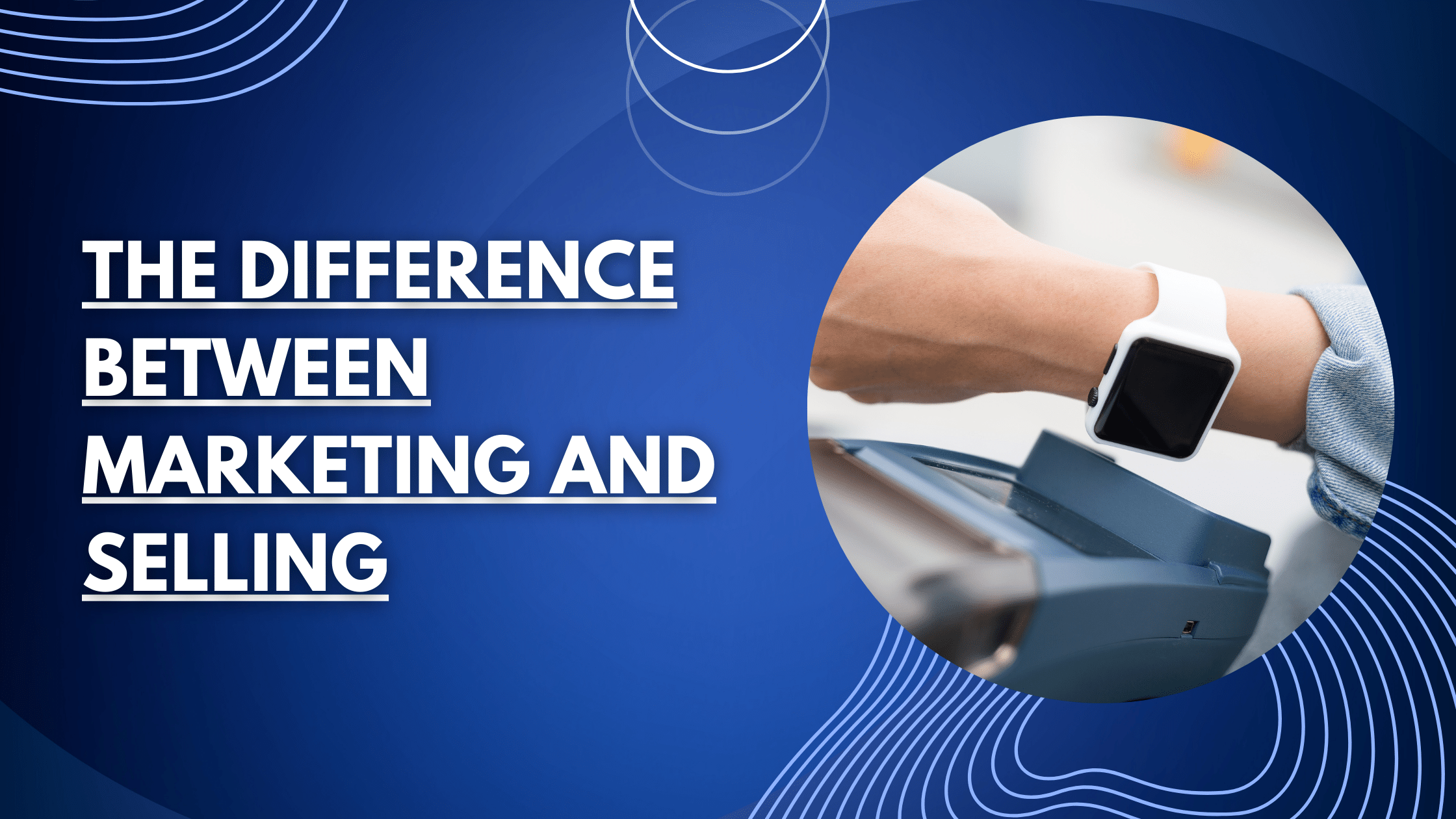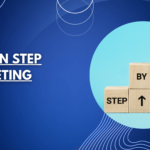
“Marketing vs. Selling: Unraveling the Key Differences and Their Impact”
Introduction
In the ever-evolving world of business, the terms “marketing” and “selling” are often used interchangeably, leading to confusion about their distinct roles and purposes. While both are integral components of a successful business strategy, they serve different functions and focus on separate stages of the customer journey. In this comprehensive blog, we will delve into the fundamental differences between marketing and selling, shedding light on their unique attributes, objectives, and how they collaborate to drive business growth. By understanding these distinctions, you’ll be better equipped to craft effective strategies that cater to the diverse needs of your customers and prospects.
Defining Marketing and Selling
Marketing: The Art of Building Relationships
Customer-Centric Approach
At its core, marketing is a customer-centric discipline that revolves around understanding your target audience’s needs, preferences, and pain points. It seeks to create a deep connection between the brand and the customer by conveying the value and benefits of the product or service.
Long-Term Focus
Marketing takes a long-term perspective, aiming to establish and nurture relationships with customers. It focuses on building brand awareness, reputation, and loyalty, which may not lead to immediate sales but contribute to sustained success.
Strategic and Holistic
Marketing encompasses a wide range of activities, including market research, brand positioning, content creation, advertising, public relations, and more. It is strategic and holistic, involving a comprehensive approach to reaching, engaging, and retaining customers.
Selling: The Art of Closing Deals
Transaction-Focused
Selling is transactional, concentrating on the immediate exchange of products or services for monetary value. It involves identifying prospects, presenting offers, handling objections, and closing deals efficiently.
Short-Term Goals
The primary objective of selling is to generate revenue quickly. It often targets potential customers who are already in the buying phase and ready to make a purchase decision.
Tactical and Personal
Selling tactics include direct sales, negotiations, product demonstrations, and persuasive communication. It requires personal interactions between sales representatives and prospects to close deals effectively.
Key Differences Between Marketing and Selling
Focus on Customer Relationship
Marketing prioritizes building and nurturing long-term relationships with customers. It aims to understand their needs, deliver value, and create brand loyalty. Selling, on the other hand, focuses on transactional interactions to secure immediate sales.
Timeline and Goals
Marketing operates with a long-term perspective, emphasizing brand building and reputation management. Selling has short-term goals, aiming to achieve immediate revenue generation.
Scope and Activities
Marketing encompasses a wide range of activities, including market research, brand positioning, content creation, and advertising. Selling’s scope is narrower, involving direct sales, negotiations, and closing deals.
Customer Engagement
Marketing engages customers through informative content, storytelling, and relationship-building efforts. Selling engages customers through direct communication, product presentations, and persuasion techniques.
Metrics and Evaluation
Marketing success is often measured by brand awareness, customer satisfaction, and loyalty metrics. Selling success is measured by revenue generated, conversion rates, and sales quotas.
Harmonizing Marketing and Selling for Success
Alignment and Collaboration
To maximize their effectiveness, marketing and sales teams must align their efforts and collaborate closely. This involves sharing insights, feedback, and data to ensure a seamless customer journey from awareness to purchase.
Lead Nurturing
Marketing plays a crucial role in lead generation and nurturing. It identifies potential customers, educates them about the product or service, and gradually guides them through the sales funnel. Sales teams then step in to close the deal.
Customer-Centric Approach
Both marketing and selling should adopt a customer-centric approach. This means putting the customer’s needs and preferences at the forefront of every interaction, whether it’s through marketing materials or sales presentations.
Data-Driven Insights
Leveraging data analytics and customer insights is essential for both marketing and selling. Data-driven decisions enable businesses to tailor their strategies, personalize customer experiences, and optimize their approaches for better results.
Conclusion
In the dynamic landscape of business, marketing and selling are two distinct yet interconnected functions, each contributing uniquely to a company’s success. While marketing focuses on building relationships, brand awareness, and long-term customer loyalty, selling centers on transactional interactions and immediate revenue generation. By understanding the differences between these disciplines and fostering collaboration between marketing and sales teams, businesses can create a harmonious strategy that addresses both short-term and long-term goals, ensuring sustainable growth and customer satisfaction. The key lies in recognizing the value of each function and leveraging their strengths to propel your business forward in a competitive marketplace.

